Zheyi Yao
Imaging through multimode fibres with physical prior
Nov 14, 2023Abstract:Imaging through perturbed multimode fibres based on deep learning has been widely researched. However, existing methods mainly use target-speckle pairs in different configurations. It is challenging to reconstruct targets without trained networks. In this paper, we propose a physics-assisted, unsupervised, learning-based fibre imaging scheme. The role of the physical prior is to simplify the mapping relationship between the speckle pattern and the target image, thereby reducing the computational complexity. The unsupervised network learns target features according to the optimized direction provided by the physical prior. Therefore, the reconstruction process of the online learning only requires a few speckle patterns and unpaired targets. The proposed scheme also increases the generalization ability of the learning-based method in perturbed multimode fibres. Our scheme has the potential to extend the application of multimode fibre imaging.
Fast optical refocusing through multimode fiber bend using Cake-Cutting Hadamard encoding algorithm to improve robustness
Jul 27, 2022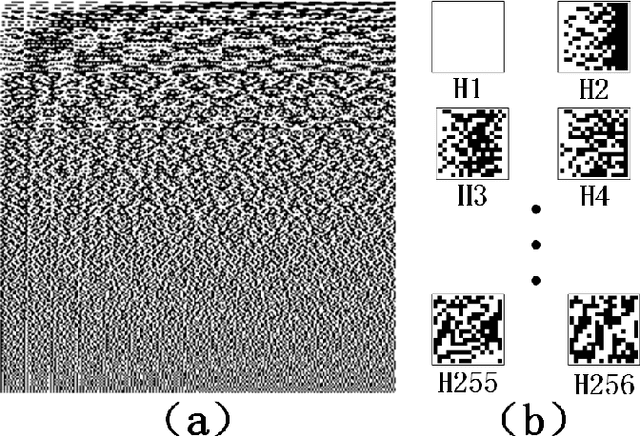

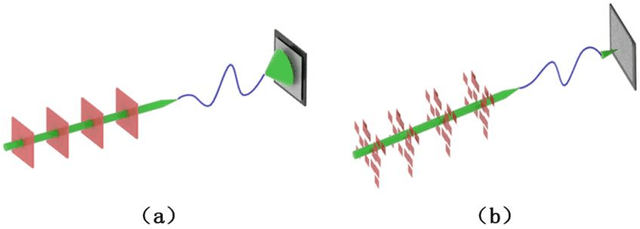
Abstract:Multimode fibres offer the advantages of high resolution and miniaturization over single mode fibers in the field of optical imaging. However, multimode fibre's imaging is susceptible to perturbations of MMF that can lead to secondary spatial distortions in the transmitted image. Perturbations include random disturbances in the fiber as well as environmental noise. Here, we exploit the fast focusing capability of the Cake-Cutting Hadamard coding algorithm to counteract the effects of perturbations and improve the system's robustness. Simulation shows that it can approach the theoretical enhancement at 2000 measurements. Experimental results show that the algorithm can help the system to refocus in a short time when MMFs are perturbed. This research will further contribute to using multimode fibres in medicine, communication, and detection.
A High-Performance, Reconfigurable, Fully Integrated Time-Domain Reflectometry Architecture Using Digital I/Os
May 01, 2021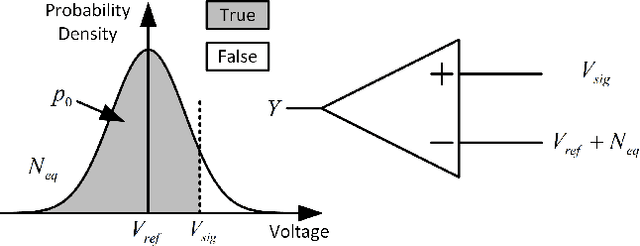
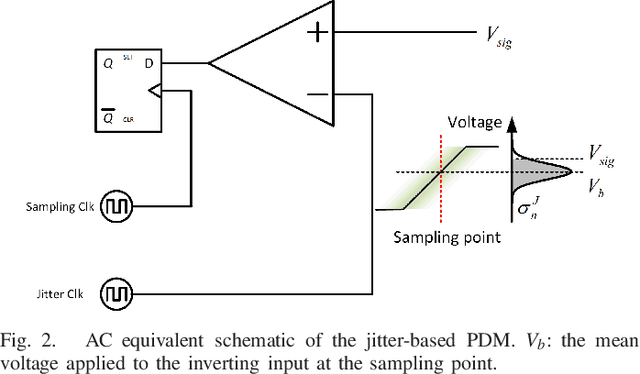
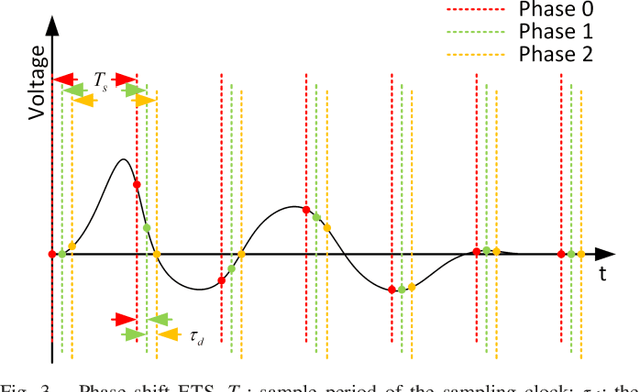
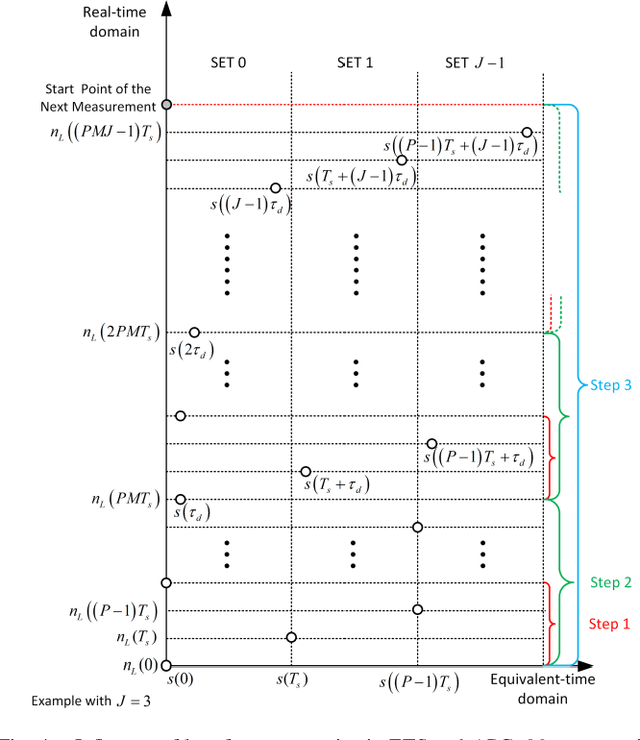
Abstract:Time-domain reflectometry (TDR) is an established means of measuring impedance inhomogeneity of a variety of waveguides, providing critical data necessary to characterize and optimize the performance of high-bandwidth computational and communication systems. However, TDR systems with both the high spatial resolution (sub-cm) and voltage resolution (sub-$\muV$) required to evaluate high-performance waveguides are physically large and often cost-prohibitive, severely limiting their utility as testing platforms and greatly limiting their use in characterizing and trouble-shooting fielded hardware. Consequently, there exists a growing technical need for an electronically simple, portable, and low-cost TDR technology. The receiver of a TDR system plays a key role in recording reflection waveforms; thus, such a receiver must have high analog bandwidth, high sampling rate, and high-voltage resolution. However, these requirements are difficult to meet using low-cost analog-to-digital converters (ADCs). This article describes a new TDR architecture, namely, jitter-based APC (JAPC), which obviates the need for external components based on an alternative concept, analog-to-probability conversion (APC) that was recently proposed. These results demonstrate that a fully reconfigurable and highly integrated TDR (iTDR) can be implemented on a field-programmable gate array (FPGA) chip without using any external circuit components. Empirical evaluation of the system was conducted using an HDMI cable as the device under test (DUT), and the resulting impedance inhomogeneity pattern (IIP) of the DUT was extracted with spatial and voltage resolutions of 5 cm and 80 $\muV$, respectively. These results demonstrate the feasibility of using the prototypical JAPC-based iTDR for real-world waveguide characterization applications
* 8 pages, 8 figures
 Add to Chrome
Add to Chrome Add to Firefox
Add to Firefox Add to Edge
Add to Edge